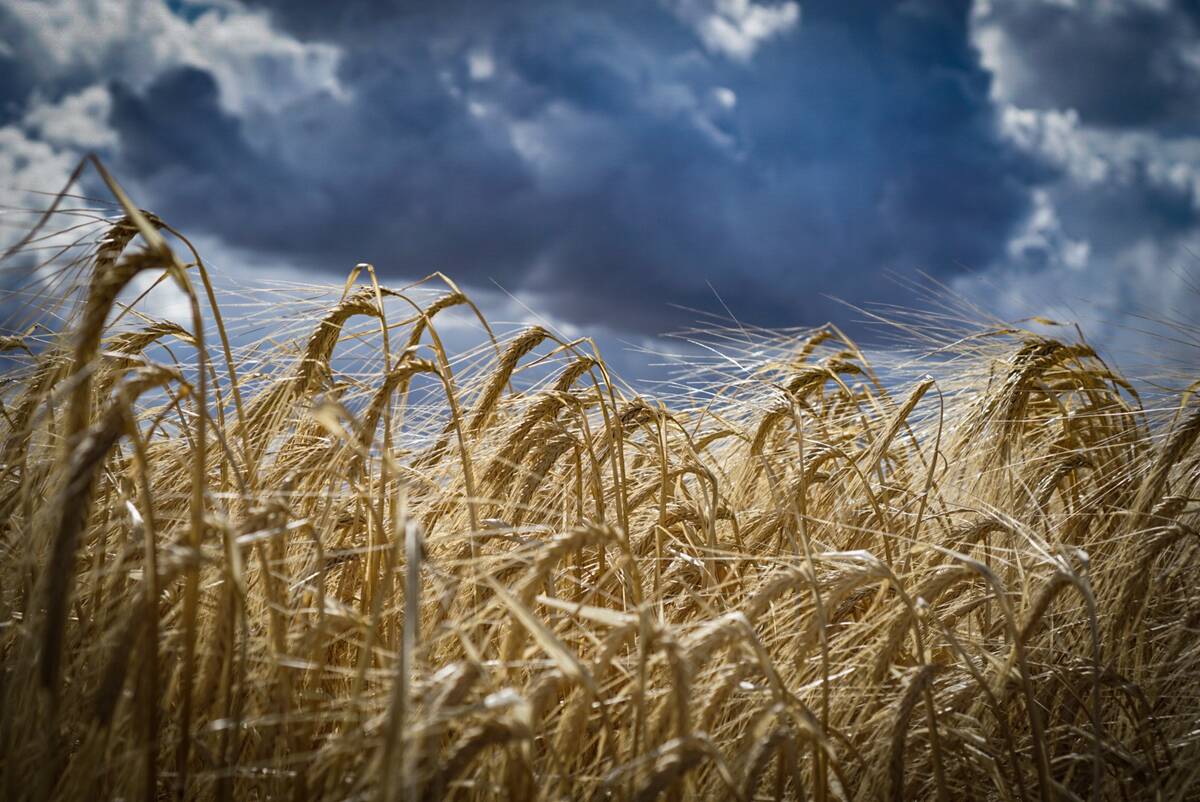THREE HILLS, Alta. – The high cost of commercial fertilizers could make hauling manure greater distances a good idea this year.
High fertilizer costs had some producers holding back on fall applications this year, with some hinting they may halve their nitrogen use next year.
However, it is important to compare what the crop is worth as opposed to the price of fertilizer, said Matthew Stanford, agronomy specialist with the Canola Council of Canada.
He spoke at a producer meeting for pulse, canola and barley growers in Three Hills Dec. 3.
Read Also

Malting barley exporters target Mexican market
Canada’s barley sector is setting its sights on the Mexican market to help mop up some of the lost demand from China
If a farmer has manure, it could supplement some of the soil nutrients needed for the 2009 crop.
A soil test is a good investment to see what fertility level is needed for an expected plant yield and then apply fertilizer accordingly to reach that target. Weather should also be considered since wet soil conditions may release more nutrients than normal.
To get a 50 bushel per acre crop, three pounds of nitrogen per bu. are required.
“Proper fertilization is going to be important, especially after the way we mined the soil the way we did with this big crop,” Stanford said. “Soil test to find out what you’ve got.”
It may be wiser to cut back on phosphorus rather than nitrogen.
Phosphate fertilizer gives the plant a head start with early crop emergence and flowering before July heat and early fall frosts. However, more people are seeding canola earlier than ever so if seeds are going into cool soil, it may not be wise to cut back on phosphorus. Again, soil tests are recommended.
“If you’ve got some decent phosphate levels, it is still worth putting five lb. down in the seed row,” he said.
Sulfur is another critical element for canola production.
“Nitrogen is the horsepower and sulfur is the steering,” he said.
Good fertility is also important to ensure seed and plant survival.
The average survival rate of seeds after planting is about 50 percent ,with about five plants emerging per sq. foot.
A lush plant stand later in the season helps with weed control.















